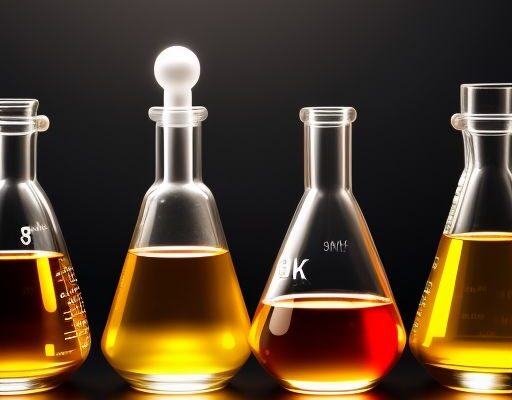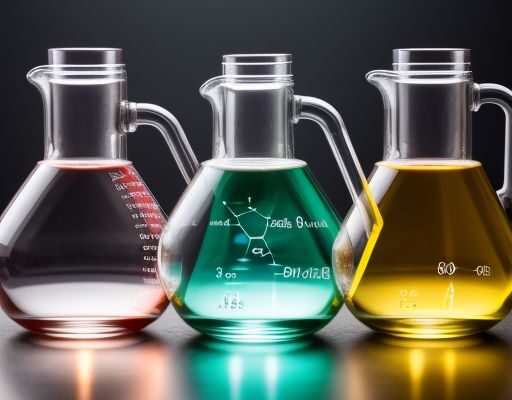
Solutions Class 12 NCERT Solutions|CBSE|Biswajit Das
The Class 12 NCERT Solutions provide detailed explanations and answers to the problems and questions presented in the NCERT Exemplar textbook for Class 12. Key Features: Benefits:

The Class 12 NCERT Solutions provide detailed explanations and answers to the problems and questions presented in the NCERT Exemplar textbook for Class 12. Key Features: Benefits:

Solutions Class 12 NCERT Exemplar The Class 12 NCERT Exemplar Solutions provide detailed explanations and answers to the problems and questions presented in the NCERT Exemplar textbook for Class 12. Key Features: Benefits:

The periodic table is a fundamental tool in chemistry that helps understand the physical and chemical properties of elements. These properties follow specific trends due to the arrangement of elements based on their atomic number and electronic configuration. The concept of periodicity arises because elements with similar outer electron configurations exhibit similar characteristics at regular…

The behavior of gases is fundamental to understanding a wide range of natural phenomena and technological applications. From the inflation of a balloon to the operation of internal combustion engines, gases play a crucial role. This chapter, “Study of Gas Laws,” delves into the relationships between the macroscopic properties of gases: pressure, volume, and temperature….

Absolutely! Let’s delve into the fascinating world of aldehydes, ketones, and carboxylic acids, exploring their structures, properties, reactions, and applications. Aldehydes, Ketones, and Carboxylic Acids: A Comprehensive Overview These three classes of organic compounds are characterized by the presence of the carbonyl group (C=O), a functional group that significantly influences their chemical behavior. While they…

Calcium Chloride reacts with sodium hydroxide to form a white precipitation of calcium hydroxide and sodium chloride. Calcium hydroxide is insoluble in excess NaOH.

Calcium nitrate reacts with sodium hydroxide to form a white precipitation of calcium hydroxide and sodium nitrate. Calcium hydroxide is insoluble in excess NaOH.

Coordination compounds, also known as complex compounds, are molecules or ions formed by the combination of a central metal atom or ion with a number of ligands. Here’s a note covering key aspects: 1. Definition and Formation: 2. Key Components: 3. Coordination Number: 4. Nomenclature: 5. Isomerism: 6. Bonding Theories: 7. Applications:


Electrochemistry is the branch of chemistry that deals with the relationship between electrical energy and chemical reactions. This field of study has numerous practical applications in our daily lives, ranging from the batteries that power our electronic devices to the industrial production of essential chemicals. At its core, electrochemistry involves the conversion of chemical energy…